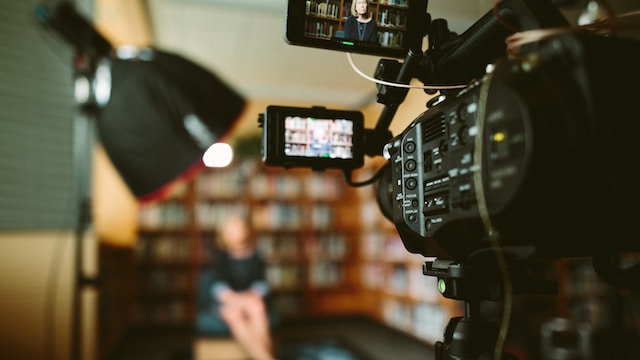A judge and jury can see the witness’ reactions and body language in the video, which can make them more impactful than a transcript reading. This can even help impeach a witness if their testimony at trial changes dramatically. Video depositions can also save on travel costs for witnesses who would otherwise have to shut down their practices for three days to fly to the case location. This can save both the client and the attorney a lot of money.
Convenience for the Lawyers
A video deposition Boston, MA, allows attorneys to quickly review transcripts and exhibits before trial. This can help attorneys identify issues that may arise during a trial and resolve them before it’s too late. Seeing a witness’s demeanor in action helps lawyers assess their witness’s credibility. For example, suppose a witness chews on their hair or clicks their tongue before every response. In that case, a video deposition allows the lawyer to identify and correct these behaviors during trial preparation. If a witness can’t travel to testify in court, video depositions can save the attorney high costs. This can be especially true in cases where a witness’s medical condition or schedule makes it difficult for them to fly long distances. For this reason, the best video conference software has features that facilitate remote testimonies.
Convenience
Deposition video captures far more information than a transcript. It reveals a witness’s body language, facial expressions, and emotions—and helps to make good testimony into compelling testimony. The presence of a videographer also encourages everyone in the room to be on their best behavior. The camera’s watchful eye motivates witnesses and attorneys to stay on topic and complete their testimony promptly, which shaves hours off the deposition process. Jurors are accustomed to watching videos on television and YouTube so that they can focus on video deposition clips for more extended periods. However, if you plan to show video clips in court, it is essential to inform the jury beforehand about how long they will be expected to watch.
Efficiency
One of the main reasons why lawyers opt to use video depositions is that they are much more efficient than in-person depositions. Witnesses and experts can avoid the expense of flying to court for in-person testimony. Even when a witness is available to testify in person, the cost of airfares can add up, creating an unnecessary burden on litigants. In addition, when witnesses know they are being recorded, they tend to be on their best behavior. This means they are less likely to slur their speech or be abrasive, and attorneys may be better behaved because they know they will be caught on tape. Set up the appropriate software and have access to high-speed internet to minimize issues like network failure or connection loss during a virtual deposition.
Convenience for the Witnesses
A judge and jury are far more likely to stay focused on a video deposition than an abridged transcript that’s read into the record. This is particularly true when the witness is asked to talk for an extended period. In addition to conveying a witness’s literal words, videos can display facial expressions and other non-verbal responses that would be difficult to convey in written text. This allows a judge and jury to better assess the witness, including recognizing any evasive or coached testimony. To help ensure your witnesses are comfortable with the video conference platform, provide them with instructions on how to answer a call, mute themselves, and use any other essential features that will be available to them. Then, they can review the video deposition from their home or office on their chosen device.
Powerful Presentations
Using video depositions during trials is powerful because it allows the lawyers to present testimony and evidence. It also ensures that the jury gets to see exactly what was said and portrayed by a witness. While a transcript communicates a witness’s literal words, video can demonstrate facial expressions, body movements, involuntary reactions, and even irony or sarcasm. This information sets a tone and provides context that is difficult to convey in written form. When a witness’s demeanor during a deposition is inconsistent with their story at trial, video can show the discrepancy and impeach the witness. Similarly, video clips can keep the jury engaged during lengthy cases. However, the jury must be instructed that the attorneys synchronize the videos for trial presentation.



